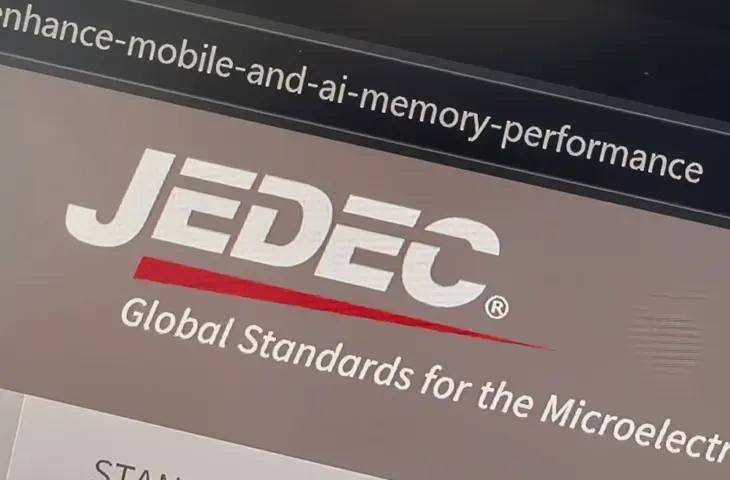JEDEC has released the LPDDR6 standard. It aims to make memory for mobile devices faster, more energy-efficient, and more reliable.
JEDEC has published the new LPDDR6 standard. The JEDEC organization is responsible for defining memory standards. The specification aims to improve memory speed and energy efficiency for mobile devices.
Technical Improvements
The LPDDR6 standard, officially JESD209-6, introduces a dual sub-channel architecture. Each memory chip features two sub-channels with twelve data signal lines per sub-channel. This design aims to increase performance per channel. Each sub-channel has four command/address signals. This is intended to accelerate data transfer.
LPDDR6 operates at a lower voltage than LPDDR5. The new VDD2 power supply ensures lower power consumption compared to LPDDR5. Dynamic Voltage Frequency Scaling lowers the voltage at a lower frequency. For lighter tasks, the memory can switch to a dynamic efficiency mode that uses a single sub-channel.
In terms of reliability and security, there are additional features. For example, Per Row Activation Counting (PRAC) counts the number of activations per row to improve data integrity. There is also support for on-chip error correction, CA-parity, fault detection, and self-testing.
AI and the Future
Unsurprisingly, JEDEC speaks of added value for AI workloads, given that LPDDR6 is a memory standard and AI must be mentioned in every technology announcement. It goes without saying that faster, power-efficient memory is beneficial for all memory-centric applications, including AI. LP (Low Power) memory primarily aims to provide RAM for mobile and power-efficient devices such as laptops and edge devices.
Don’t expect LPDDR6 in your next device anytime soon. Although all major memory manufacturers support the new standard, it will take some time before the memory makes its way into new devices. Presumably, the first announcements from memory manufacturers will follow later this year, after which it will still take time before chips roll off the production line and end up in laptops.
